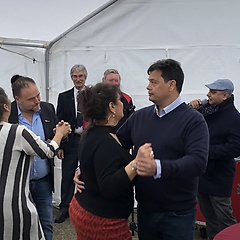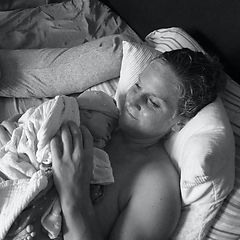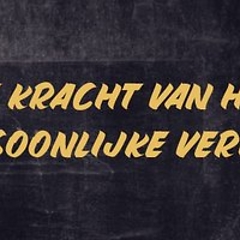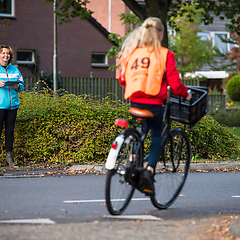Funeral associations organise funerals with a personal atmosphere, in which the traditional noaberschap (neighbourship) still plays a significant role. The neighbourship in the local funerals resembles for the most part an insurance in kind. All members of a funeral association are, in principle, involved in a local funeral as volunteers. Members of the association participate in a part of the funeral and organisation, on demand of the bereaved, with respect for the deceased. They can carry out all kinds of tasks, like preparing the deceased, writing cards, making coffee and tea for the bereaved, carrying the coffin or notifying the church. Being the bereaved, they give the assignment for the funeral and they are closely involved in the organisation. The exposition of the body can take place at home with a local funeral, or in the funeral parlour of the association or the church. The family members do not need to do much themselves. It is often e mixture of mutual and hired assistance.



